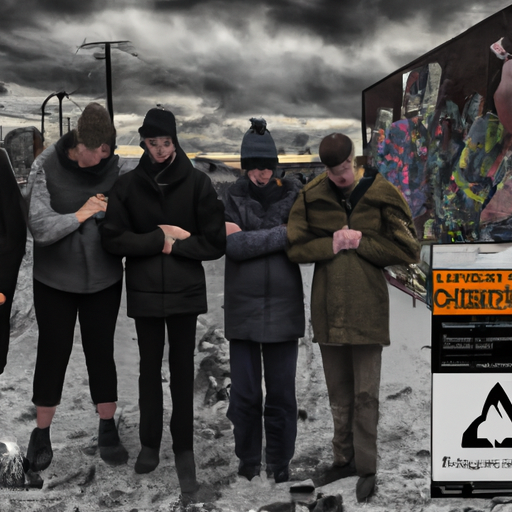The Canadian Opioid Crisis: An Examination of the Effects and Responses
Canada is in the throes of an opioid crisis that has far-reaching effects. With addiction resulting in a high toll on health, finances, and the social fabric of society, we look deeper into this national dilemma. For more information on this issue, see this article in the Times Colonist.
The Impact of the Opioid Crisis in Canada
Opioids are drugs used primarily to alleviate pain. They include prescription medications like morphine, oxycodone, and codeine, as well as illicit drugs such as heroin. In Canada, misuse of these drugs has led to the current crisis. The consequences are severe and wide-ranging.
Health Effects
Opioid misuse leads to numerous health issues, in particular, a massive increase in overdose deaths. The rise in fatalities is alarming and remorseful, as many of these deaths could be avoided with the proper precautions and interventions in place.
Social Implications
The opioid problem contributes to increased homelessness and crime rates. With the heavy dependency on these drugs, individuals often find themselves without homes, seeking illicit activities to finance their addiction. A vicious cycle thus begins, making it difficult for those caught in it to break free.
Economic Impact
The crisis has also had a massive economic impact. Resources needed to combat the crisis are substantial, including costs for healthcare, law enforcement, rehab programs, and social interventions.
Efforts to Combat the Opioid Crisis
The severity of the opioid crisis has drawn responses from various sectors. Here are some significant ones:
- Increased naloxone distribution: Naloxone, a medication that can quickly reverse the effects of an overdose, is being increasingly distributed. Programs are actively training first responders, volunteers, and even opioid users themselves, in its administration.
- Supervised consumption sites: Supervised consumption sites provide individuals a safe environment to use drugs under healthcare supervision, aiming to reduce the risk of overdose deaths.
- Opioid class action lawsuits: To hold pharmaceutical companies accountable, government bodies and individuals have filed opioid class action lawsuits, alleging these companies minimized the risks, leading to widespread misuse and addiction.
- Increased funding for treatment and rehabilitation: Funding for drug addiction treatment and rehabilitation has increased, with authorities recognizing rehab as a vital aspect of resolving the opioid crisis.
Closing Thoughts
The Canadian opioid crisis is a complicated issue requiring a multifaceted solution. Addressing it successfully will require collective endeavours from healthcare professionals, government bodies, social workers, and the community at large. While initiatives like naloxone distribution, supervised consumption sites, opioid class action lawsuits, and increased funding for rehab are significant steps, more needs to be urgently done.
In this complex scenario, one thing is evident— the human cost of the opioid crisis is too high to be ignored. It is no longer a crisis to be addressed in the future; it demands immediate attention and congenial solutions.
